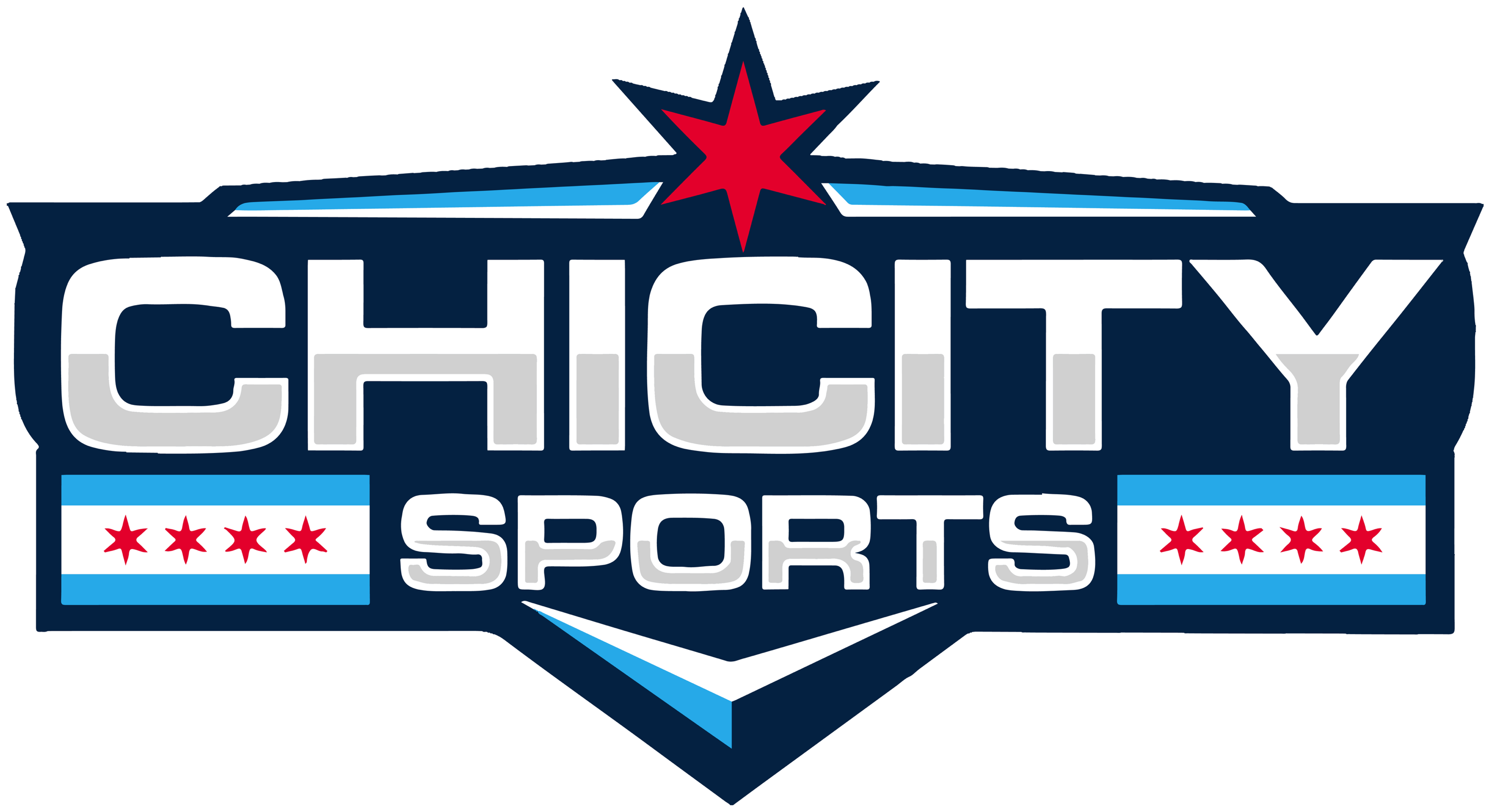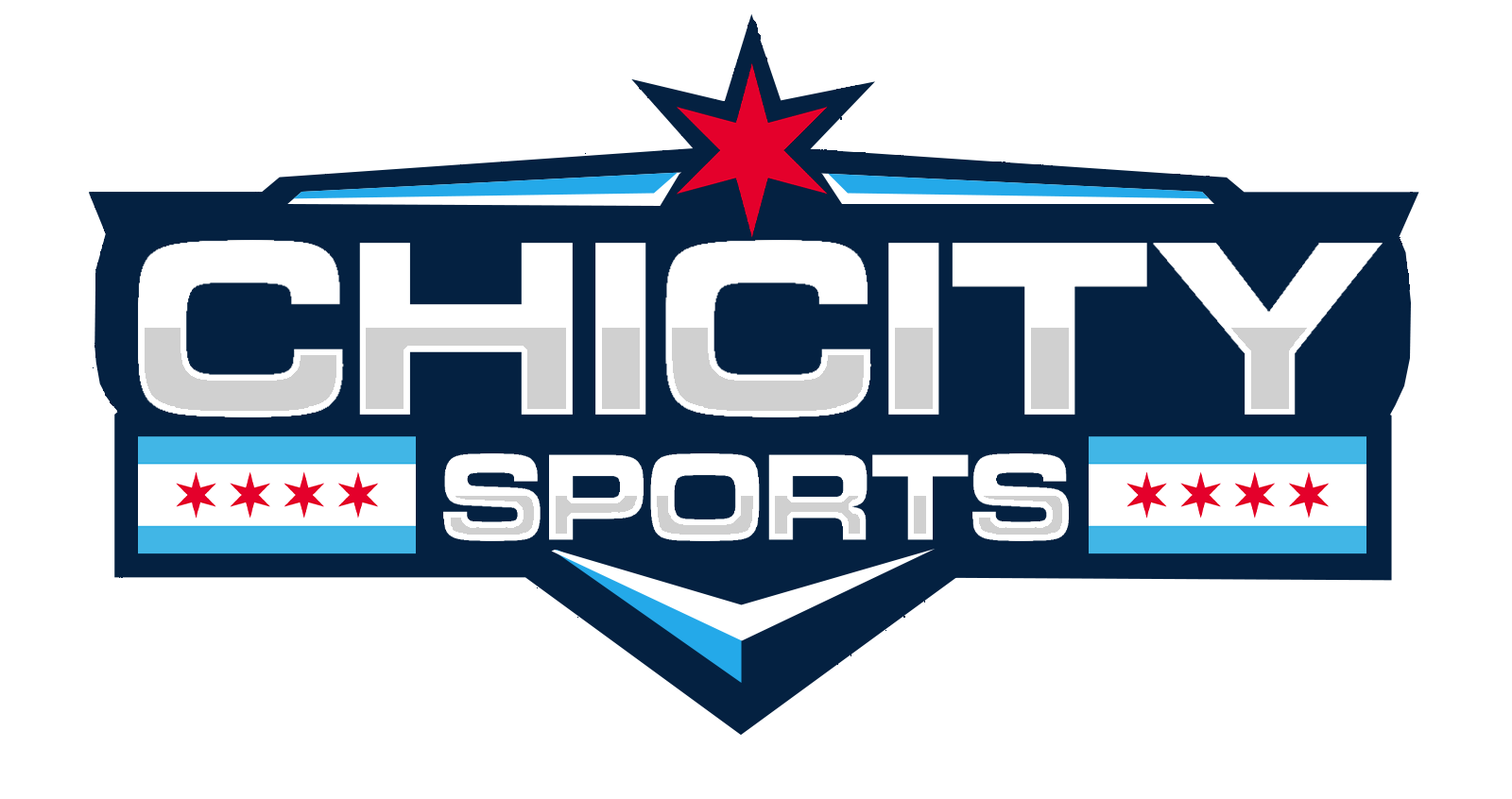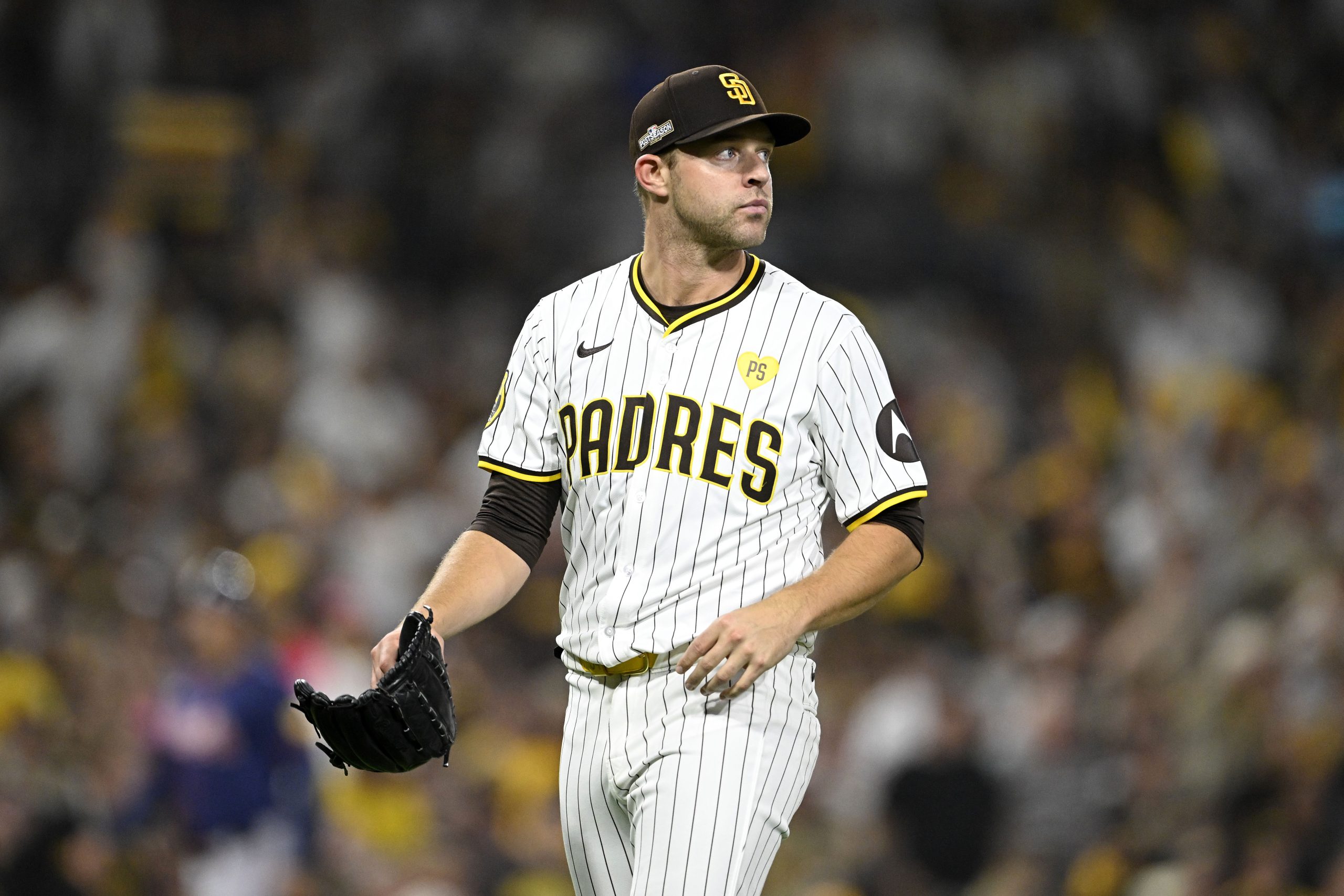The Chicago Cubs have made several significant moves this offseason, adding talent and filling holes in a bid for their first postseason run since the COVID-shortened 2020 season.
The biggest move was their trade for Houston Astros all-star right fielder Kyle Tucker, who many analysts rate as one of the most all-around talented players in all of baseball.
The Chicago Cubs Have Done Enough This Offseason
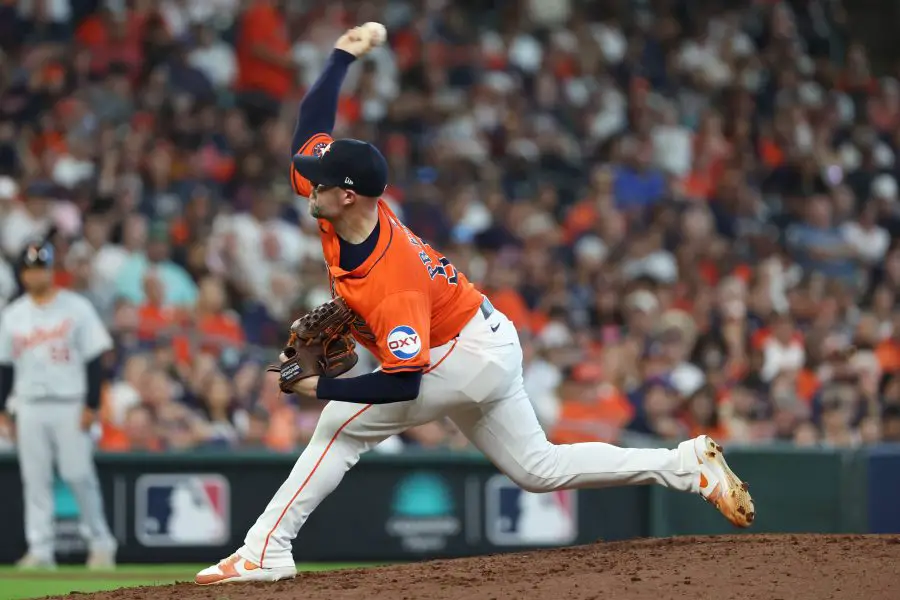
They also took a gamble on rehabbed left-handed starter Matthew Boyd. Their bullpen rebuild has been capped off by a trade with the Astros for their former closer Ryan Pressly. Chicago also acquired Eli Morgan, Caleb Thielbar, Cody Poteet, and swingman Colin Rea for bullpen depth.
Among position players, the team added co-starting catcher Carson Kelly and quality veteran utility man Jon Berti (along with a handful of other utility infielders).
And there’s talk of doing more, with rumors regarding Alex Bregman, a big trade for a high-profile starter, and the acquisition of another high-end bullpen asset swirling around the internet.
But there’s a definite argument to be made for the Cubs simply staying put right now.
The Argument Against Spending More
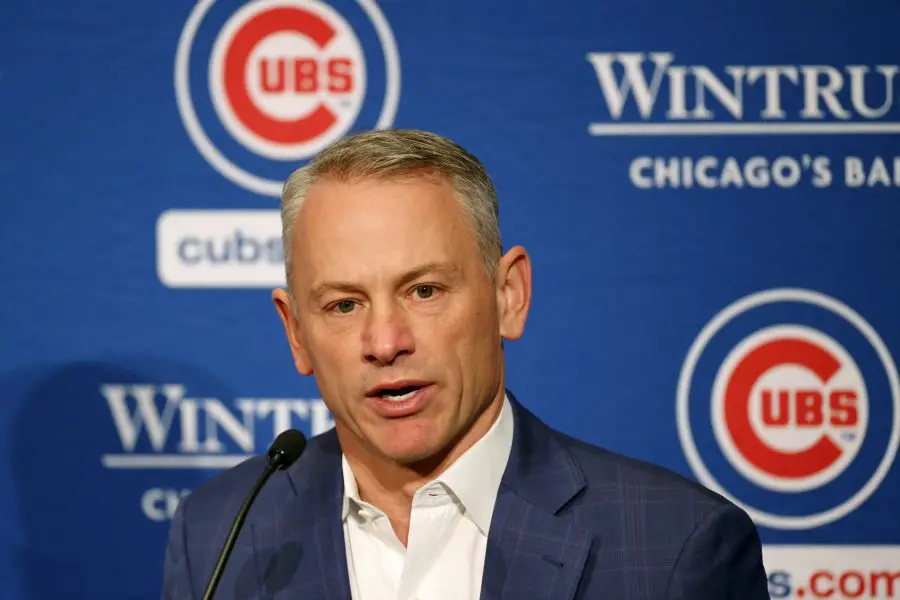
With the team having an ample spendable payroll budget before hitting the first tier of the luxury tax, the feeling is that it would be wise to keep some money in the coffers for needed acquisitions during the season, especially at the trade deadline.
Michael Brakebill of Fansided raises this point in a recent piece.
Per Brakebill:
“The trade deadline is when the Cubs should unload the rest of their funds for 2025. Instead of taking a risk on Jack Flaherty or another player (assuming the Cubs can’t get Bregman, that would be a different scenario entirely, and you can close the window on this article if they can) and hoping he stays healthy, having at least $30 million at the deadline allows you to upgrade in multiple areas. With the Cubs’ prospect surplus, they can outbid many teams for the most coveted players on the trade market and have the funds to not go over the luxury tax.
…The Cubs’ farm system will be advantageous this season when adding big-league talent. Many teams have the financial might to buy free agents, but not nearly as many can compete with the Cubs when offering prospect packages in a trade. As long as they can remain relevant in the standings by the trade deadline, which they should be able to do as is, the Cubs should be able to catapult themselves forward in the second half.”
Staying Put Is A Plan
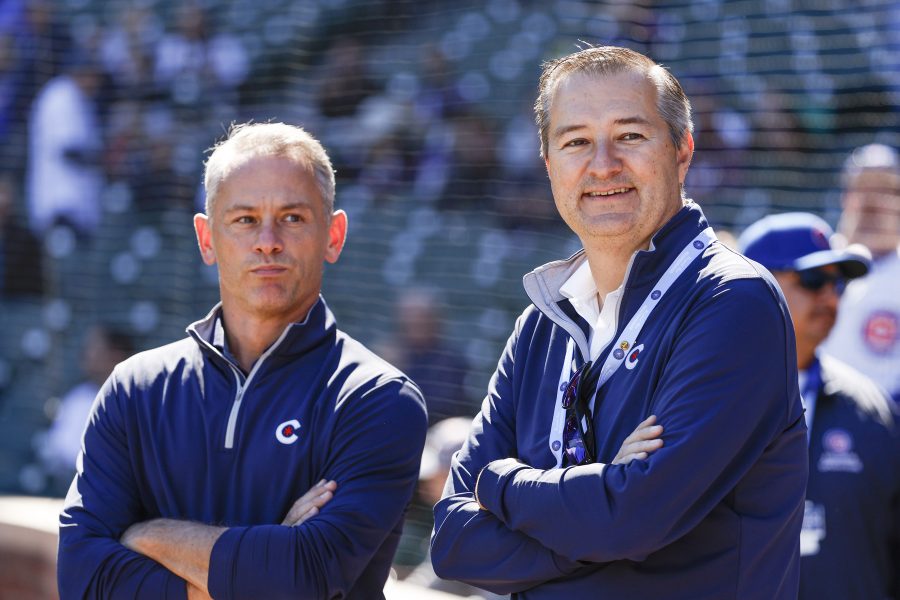
Obviously, something special, like the signing of Alex Bregman (as mentioned above), would force an exception to this sound spending strategy. But, as things sit right now, the Cubs would be just fine without emptying out their wallet right now, with just days to go before spring training.
There are no glaring holes in the roster, except for the question mark at third base where rookie Matt Shaw will be working to earn the full-time spot. The starting rotation looks solid, deep, and healthy. The bullpen also looks sufficiently stocked.
While it would be nice if money were not an issue and the Cubs ownership would make it rain dollars like the Los Angeles Dodgers, we all know that’s never going to happen. So, the front office needs to make the best of what’s realistically available to them.
With $30 million+ to spend and a farm system full of prospects, a competitive Cubs team could make major waves at the trade deadline in a run at the playoffs, pickling up impact players to push them over the top.
First, though, the Cubs have to worry about making waves in the first half of the season. If they don’t do that, they will be sellers and not buyers at the trade deadline, and budget, for sure, won’t be an issue.
For More Great Chicago Sports Content
Get the latest Chicago sports news, analysis, and breaking stories on the Bears, Bulls, Blackhawks, Cubs, White Sox, Sky, and more! Tap the star to add us to your favorites on Google News, so you never miss a story on your favorite Chicago teams.
Follow us on Twitter at @chicitysports23 for more great content. We appreciate you taking time to read our articles. To interact more with our community and keep up to date on the latest in Chicago sports news, JOIN OUR FREE FACEBOOK GROUP by CLICKING HERE
